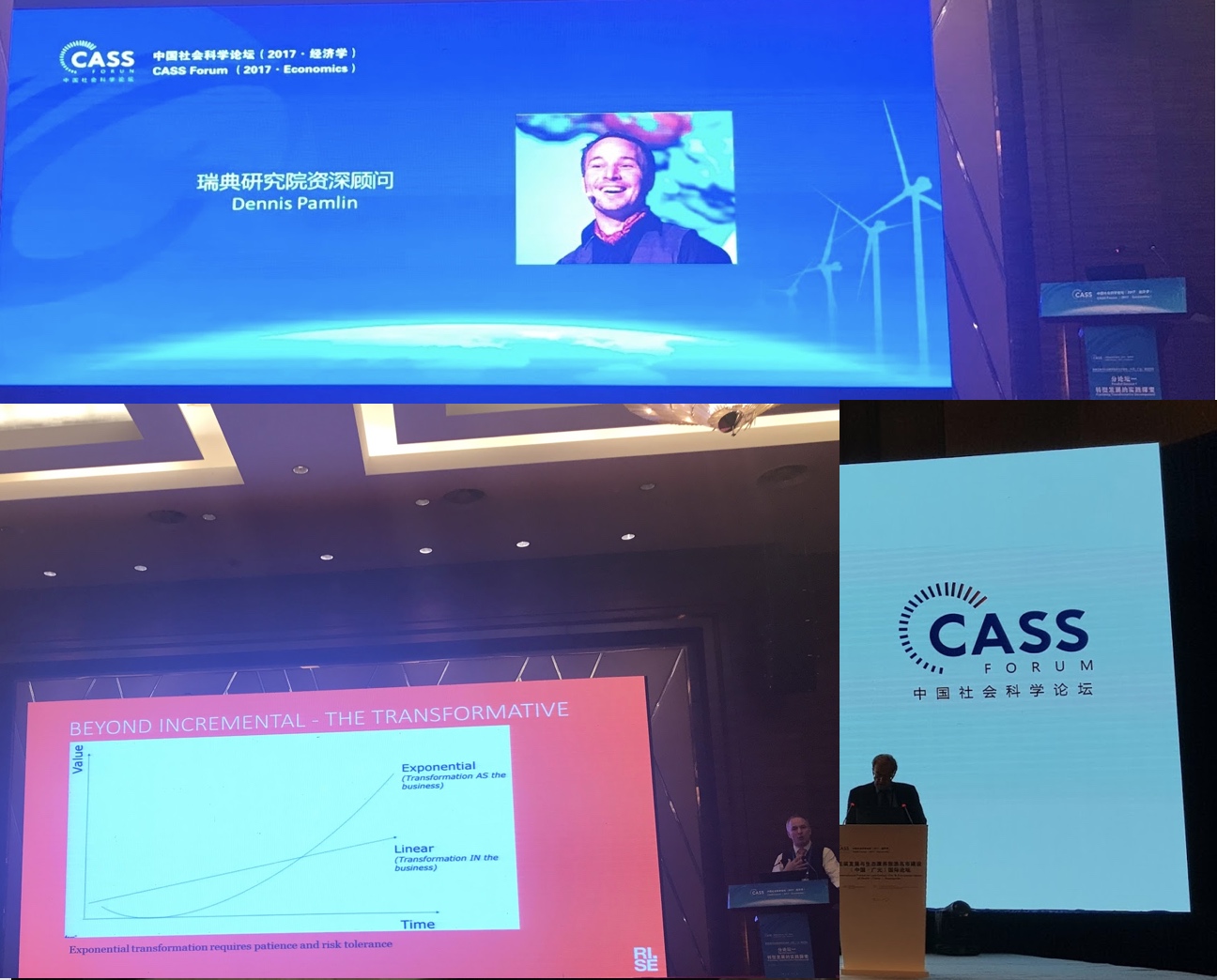Wabi Sabi: the Japanese art of impermanence, by Andrew Juniper
/This is a short book, 160 pages, that probably covers a bit more than it should in order to provide the depth that Wabi Sabi requires. But in doing so it also manages to approach Wabi Sabi from many different angles. I would say it is a very good introduction to Wabi Sabi and Zen culture for those who do not know much about it.
For those who do know some, I think Juniper, manages to apply Wabi Sabi in so many unusual ways that I think almost everyone will find something to enjoy.
For me the book felt like four parts (not always in chronological order). 1. An general introduction to Wabi Sabi, Zen and Japanese culture 2. Specific examples of how related practises, like the tea ceremony and Kintsugi, fits in. 3. A guidebook for designers 4. A bridge to concrete issues today
I found the guidebook for designers a little unnecessary any “un-zen” in the way it lists “what is Wabi Sabi and what is not”, but apart from that I enjoyed the other parts of the book.
In particular I enjoyed the last part where Wabi Sabi is discussed in relation to some of the main challenges we face today. So many books about esoteric and complex concepts hide behind layers of philosophical arguments, without daring to relate them to current challenges. This books oversimplifies in a good way, and by that I mean that anyone can start to think about the challenges we have in our society, and how even with a glimpse of an interesting concept new ideas can emerge.
There is a longing for quality throughout the books that is also refreshing in an age where many cares about Twitter or a TED-talk. Quotes like this are frequent: “There is an expression in Japanese that says that someone who makes things of poor quality is in fact worse than a thief, because he doesn’t make things that will last or provide true satisfaction. A thief at least redistributes the wealth of a society.”
There is also a short part that touch upon commitment that I really like, where the following can be found: “A man called Shang Kwang, who sought the wisdom of Bodhidharma, asked that he might be admitted to study under him. Though he waited in the freezing snow for a week, it was not until he had cut off his own left arm and presented it as a symbol of his determination to learn that Bodhidharma relented and passed on his wisdom to the man who was to become his successor.”
The idea that you have to work hard for wisdom and that there is no easy short-cut is so at odds with our current culture that it is refreshing to have a book that briefly opens up a door to another world.
There are unfortunately also some language about modern physics and its relation to old wisdom that is not very good. Even if it is well intended it looks very much like the Deepak Chopra new age . e.g. “A solid particle has yet to be found, and instead scientists are coming to the realization that matter as we know it may not actually exist but is rather a movement of energy. Time, space, and mass are all relative concepts, and the view that the world in real, solid, and out there has become untenable to the scientific community, too. Despite these discoveries there still seems a dogged determination to hold on to the old views of reality, which tend to provide a rather comfortable haven for the frail intellect that feels the need to hold on to its view of the world.”
Language like this invite people who know nothing about physics to dream up their own “energy” theories where “quantum” can be used for anything where “God” was used earlier. I don’t think that this is what the authors intended, but it is how it can be interpreted.
In a consumer society where more is more, the following observation is interesting:
“An English flower arrangement may, for example, take up two thirds of the area directly above the vase with an abundance of extrovert flowers, but a nagaire flower arrangement from the tea ceremony may take up less than one tenth. Again, the space afforded to the single flower forces the attention to focus on the smaller details, and in so doing the life of the flower becomes imbued with far more poetry.” Or as they say in fewer words towards the end “a beauty without need for splendor.”
I was happy to see an attempt to link Wabi Sabi to global sustainability. This is what Juniper writes: “There are in fact three ways in which the philosophy of wabi sabi relates to environmental issues:
- Minimizing consumption
- Choosing quality products that come from sustainable organic sources
- Respecting nature”
If Wabi Sabi sounds interesting this is a very good introductory book that does not claim to be anything else. It is written by a person who is clearly passionate about the subject and who is not afraid of try8ing to make it relevant, even in ways where many others would hesitate to apply the concept.






























